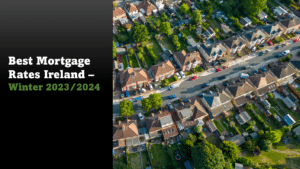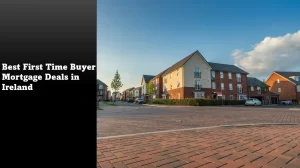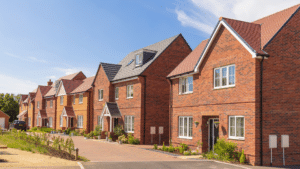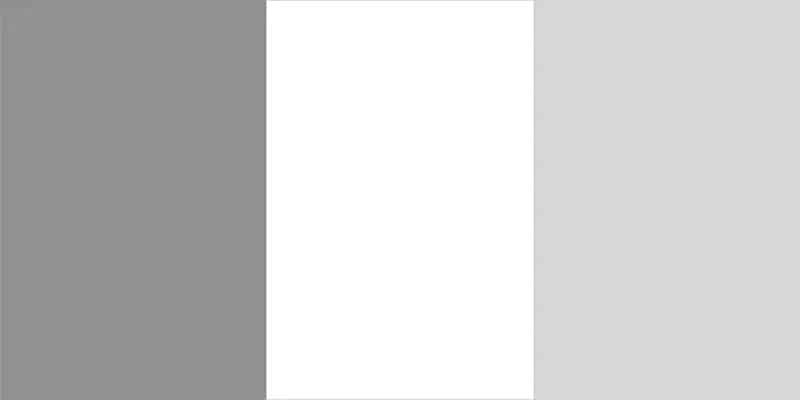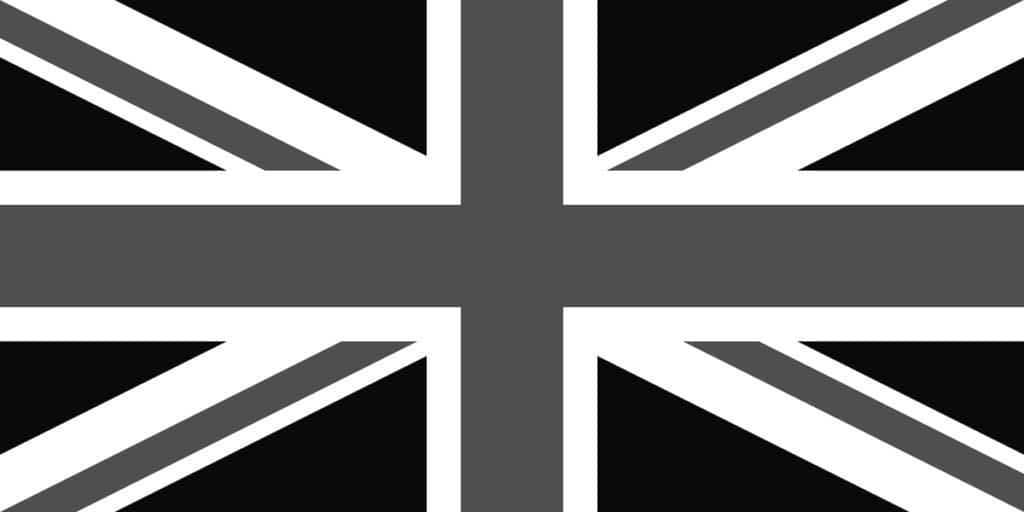Ireland's Housing Market: A Paradox of High Costs and Affordability
Ireland’s housing market presents a unique paradox: it is simultaneously one of the most expensive and most affordable in the European Union

Ireland’s housing market presents a unique paradox: it is simultaneously one of the most expensive and most affordable in the European Union. This duality is driven by a combination of factors that influence both the cost and accessibility of housing across the country.
On one hand, Ireland boasts some of the highest housing costs in the EU. According to recent data, housing expenses in Ireland are 112% above the EU average, surpassing even traditionally expensive economies like Luxembourg and Denmark. This is largely due to a combination of high demand, limited supply, and rising construction costs. The rapid population growth, particularly in urban areas, has exacerbated the demand for housing, driving up prices. Additionally, the cost of building materials and labor has increased significantly, further inflating housing prices.
Conversely, Ireland also offers some of the most affordable housing options in the EU, particularly in rural areas. The affordability is attributed to several factors, including government policies aimed at promoting affordable housing and the availability of land in less densely populated regions. The Irish government has implemented various measures to address housing affordability, such as subsidies for first-time homebuyers and incentives for developers to build affordable housing units. These efforts have made it possible for many Irish households to access affordable housing, despite the overall high cost of living.
The disparity between high housing costs and affordability can also be seen in the differences between urban and rural areas. While cities like Dublin and Cork experience skyrocketing housing prices, rural regions offer more affordable options. This urban-rural divide highlights the importance of location in determining housing affordability in Ireland.
Ireland House Prices Surge Amidst Housing Affordability Paradox
Recent reports highlight a significant divide in Ireland’s housing market, with house prices in western counties soaring at twice the rate of those on the east coast. The Q4 Irish Independent REA Average House Price Index reveals that three-bedroom semi-detached homes in counties like Clare, Donegal, Galway, Limerick, Mayo, Roscommon, and Sligo have seen an average annual rise of 16%, compared to a 7.5% increase in commuter counties.
This stark contrast underscores the paradox of high costs and affordability within Ireland’s housing market. While urban areas and commuter belts experience moderate price increases, rural and western regions face unprecedented price hikes due to historically low supply and high demand. The absence of new home building and limited availability of second-hand homes are driving these steep price increases.
In Dublin, the average price for a three-bed semi-detached house rose by 1.8% in the last three months, reaching €542,000. Meanwhile, prices in major cities outside the capital, such as Galway, Cork, Limerick, and Waterford, also saw significant increases.
The divide in housing affordability highlights the challenges faced by buyers across the country. In areas with limited supply, bidding wars and price inflation are becoming increasingly common, further exacerbating the affordability crisis.
In conclusion, Ireland’s housing market is characterized by a complex interplay of high costs and affordability. The government’s efforts to promote affordable housing, coupled with the availability of land in rural areas, have created a unique situation where housing can be both expensive and affordable, depending on the location and specific circumstances. As Ireland continues to grow and develop, addressing the challenges of housing affordability will remain a critical priority for policymakers and stakeholders.


